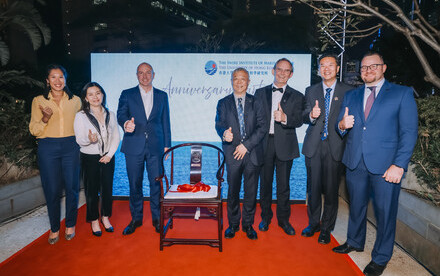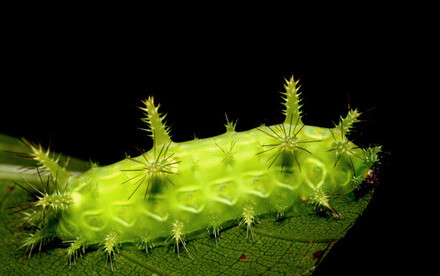17 Aug 2018
HKU paleontologists discover evolutions of tropical deep-water ecosystem and environment affected by high-latitude climate
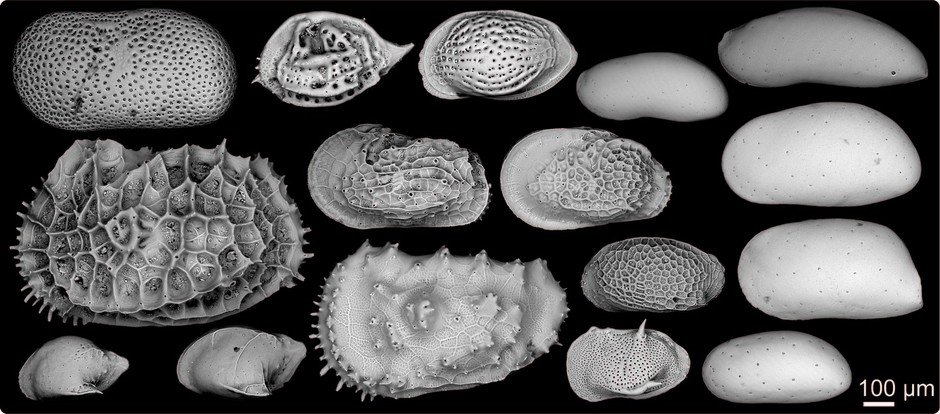
Scanning Electron Microscopy image of selected fossil ostracods from the study site
Dr Hokuto Iwatani and Dr Moriaki Yasuhara from the School of Biological Sciences and The Swire Institute of Marine Science, in collaboration with scientists in Rutgers, The State University of New Jersey, and Lamont-Doherty Earth Observatory of Columbia University, reported their discovery on past deep-water dynamics in the western tropical Pacific recently in renowned journal Geology.
The western tropical Pacific is known to be an ocean in exhibiting the world’s highest sea-surface temperature. A surface sea current in this region is known as Indonesian Throughflow and transfers a significant amount of heat and water from the Pacific to the Indian Ocean. The throughflow plays a vital role in the dynamics of global climate and marine ecosystem. However, the effect of deep-sea water contribution to this region over time remains poorly investigated and is not well understood. Dr Iwatani, Dr Yasuhara and their collaborators revealed that deep-sea fauna and biodiversity in this region rapidly changed during a globally-known rapid climate change event "Younger Dryas" about 12,000 years ago due to the weakened Indonesian Throughflow. They also found a significant environmental overturn at around 7,000 years ago probably due to the mixing of different deep-sea waters from both hemispheres. These are important findings for better understanding the tropical climate in our rapidly changing world.
The research group used fossil Ostracoda preserved in a sediment core as a model organism to reconstruct the ecosystem, biodiversity, and marine environment of the earth in the past, as this small (usually <1 mm) aquatic crustacean is very sensitive to water conditions. All ostracode shells in the samples were picked and identified under the microscope, and then the faunal assemblage and species diversity were computed. More than 7,000 shells and about 150 species were recorded in a sediment core from the Makassar Strait in the eastern Java Sea, western tropical Pacific in this study.
“The western tropical Pacific is a unique sea, where surface sea currents outflow to the northern and southern hemispheres, and deep-sea waters inflow from both high latitude regions, so this region could be seen as a kind of heart pump in the modern ocean. However, the deep-sea, especially their past dynamics, in this area remains poorly understood, despite their importance in Earth's climate system.”, said Dr Iwatani. This study added new paleontological and paleoceanographic insights to this complex and enigmatic ocean history.
About the Research Paper
Journal: Geology
Title: Intermediate-water dynamics of the Indonesian Throughflow during the past 15,000 years: Ostracod evidence
Authors: Hokuto Iwatani (The University of Hong Kong), Moriaki Yasuhara (The University of Hong Kong), Yair Rosenthal (Rutgers, The State University of New Jersey), and Braddock K. Linsley (Lamont-Doherty Earth Observatory of Columbia University)
Link of the research paper: https://doi.org/10.1130/G40177.1.
This research was highlighted as the cover of July 2018 issue in Geology (https://pubs.geoscienceworld.org/geology/issue/46/7).
About the Journal Geology has been the Web of Science's #1 ranked “geology” journal for 11 years in a row. The journal Geology publishes timely, innovative, and provocative articles relevant to its international audience, representing research from all fields of the geosciences. Full-text available for all issues. For more information, please visit https://pubs.geoscienceworld.org/geology.
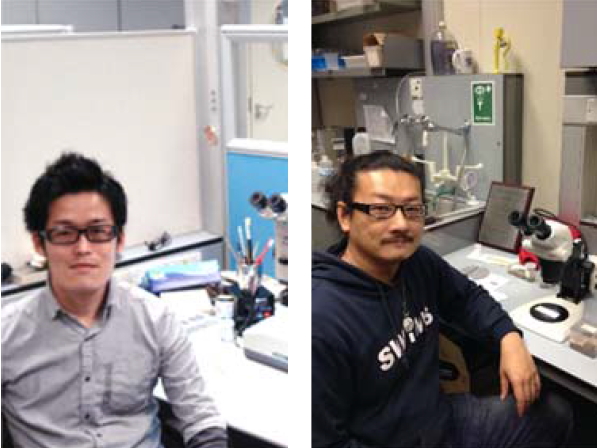
Dr Hokuto Iwatani (left) and Dr Moriaki Yasuhara (right) working in their laboratories at the School of Biological Sciences
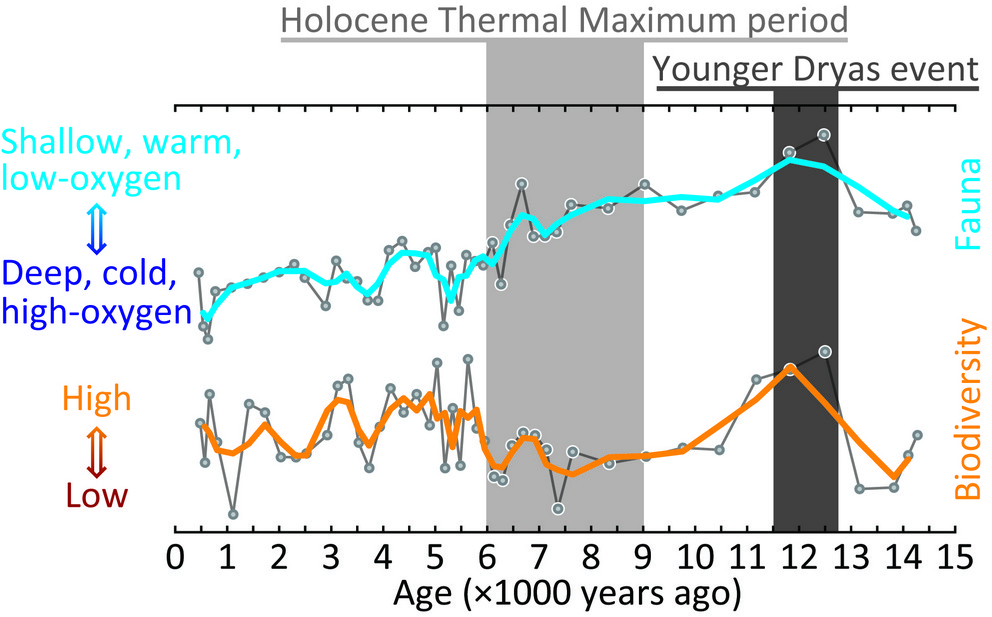
Deep-sea ostracod faunal component and diversity changes in the western tropical Pacific for the last 15,000 years. Fossil records show rapid faunal and diversity changes during the significant global climate change events of Younger Dryas and Holocene Thermal Maximum periods (highlighted by gray bands). Higher biodiversity means that there are more species in a sample.
.png) To learn more about Dr Yasuhara's research, please visit his website.
To learn more about Dr Yasuhara's research, please visit his website.



